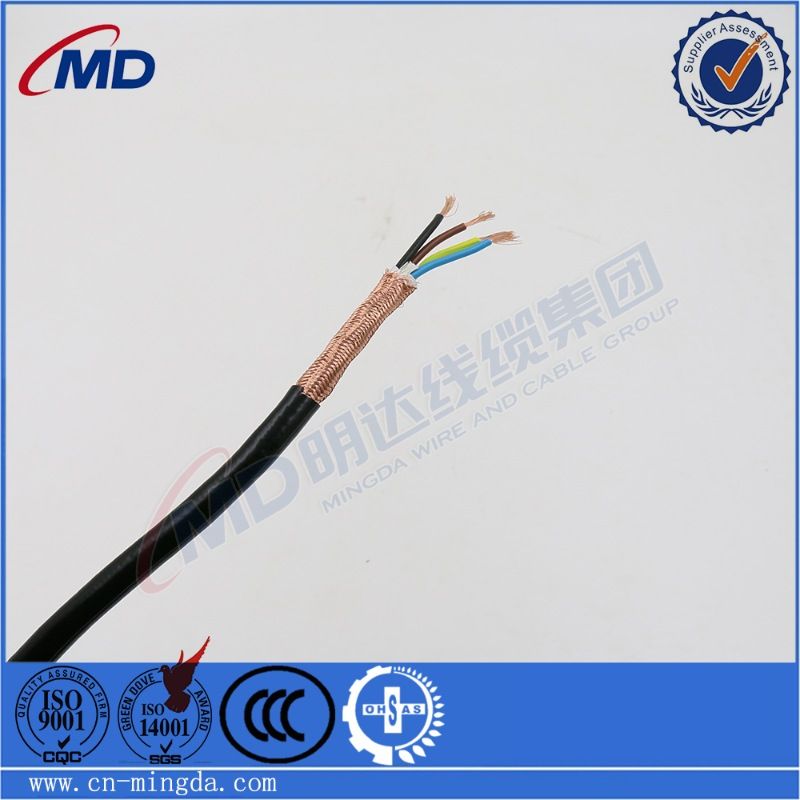10 月 . 08, 2024 12:13 Back to list
Gearbox-Driven Butterfly Valve for Enhanced Flow Control and Efficiency in Industrial Applications
Butterfly Valve with Gearbox A Comprehensive Overview
The butterfly valve is an essential component in modern piping systems, renowned for its compact design and efficiency in controlling fluid flow. When combined with a gearbox, the functionality of a butterfly valve is significantly enhanced, making it suitable for applications where precise control and high torque are necessary.
What is a Butterfly Valve?
A butterfly valve is a quarter-turn valve that utilizes a rotating disc to regulate the flow of fluid. The disc is mounted on a shaft, which, when turned, either allows or obstructs the fluid flow. Butterfly valves are typically used in various industries, including water treatment, oil and gas, food processing, and HVAC systems. Their advantages include low-pressure drop, quick operation, and lightweight construction, making them a popular choice for many applications.
What is a Gearbox?
A gearbox is a mechanical device that is used to reduce speed and increase torque from a motor or another power source. In the context of butterfly valves, a gearbox is often used to facilitate the operation of the valve, especially in scenarios where the valve is too large or requires more force than can be efficiently applied by hand or a simple actuator. By connecting the valve to a gearbox, operators can achieve greater control and performance, ensuring proper closure and operation under various working conditions.
Benefits of Combining Butterfly Valves with Gearboxes
1. Enhanced Control The inclusion of a gearbox allows for finer control of the valve position. Operators can make adjustments with precision, which is particularly crucial in processes requiring meticulous flow regulation.
butterfly valve with gear box

2. Increased Torque Butterfly valves can sometimes require significant force to operate, especially in larger sizes or under high-pressure conditions. A gearbox amplifies the input force, making it easier to open and close the valve without excessive effort.
3. Versatility Gearboxes can be driven by various actuators, including electric motors, hydraulic systems, and pneumatic devices. This versatility allows for integration into diverse systems and the ability to adapt to different operational requirements.
4. Durability and Longevity The mechanical advantage provided by a gearbox can reduce wear and tear on the valve and other components in the system. This leads to increased longevity and potentially lower maintenance costs over time.
5. Safety By maximizing control and minimizing manual handling, the risk of accidental valve operation is reduced. This is important in contexts where safety is a concern, such as chemical processing plants or when handling hazardous materials.
Applications
Butterfly valves equipped with gearboxes are employed in a variety of demanding environments. In water treatment facilities, they help manage flow rates and pressure in treatment processes. In the oil and gas sector, they are used for isolating sections of pipelines and controlling the flow of crude oil or gas. Industrial heating systems also utilize these valves to regulate the flow of steam and hot water.
Conclusion
The combination of butterfly valves with gearboxes represents a significant advancement in fluid control technology. Their ability to provide enhanced control, increased torque, and longevity makes them indispensable in many industrial applications. As industries continue to seek more efficient and reliable solutions for fluid management, the butterfly valve with gearbox is likely to remain a critical component in modern engineering practices. Understanding their functionality and benefits can help in making informed decisions about system design and operational efficiency.
Share
-
Understanding the Differences Between Wafer Type Butterfly Valve and Lugged Butterfly ValveNewsOct.25,2024
-
The Efficiency of Wafer Type Butterfly Valve and Lugged Butterfly ValveNewsOct.25,2024
-
The Ultimate Guide to Industrial Swing Check Valve: Performance, Installation, and MaintenanceNewsOct.25,2024
-
Superior Performance with Industrial Swing Check Valve: The Essential Valve for Any SystemNewsOct.25,2024
-
Industrial Swing Check Valve: The Ideal Solution for Flow ControlNewsOct.25,2024
-
You Need to Know About Industrial Swing Check Valve: Functionality, Scope, and PerformanceNewsOct.25,2024